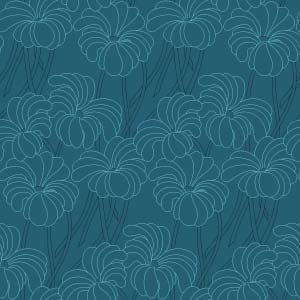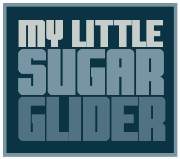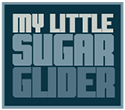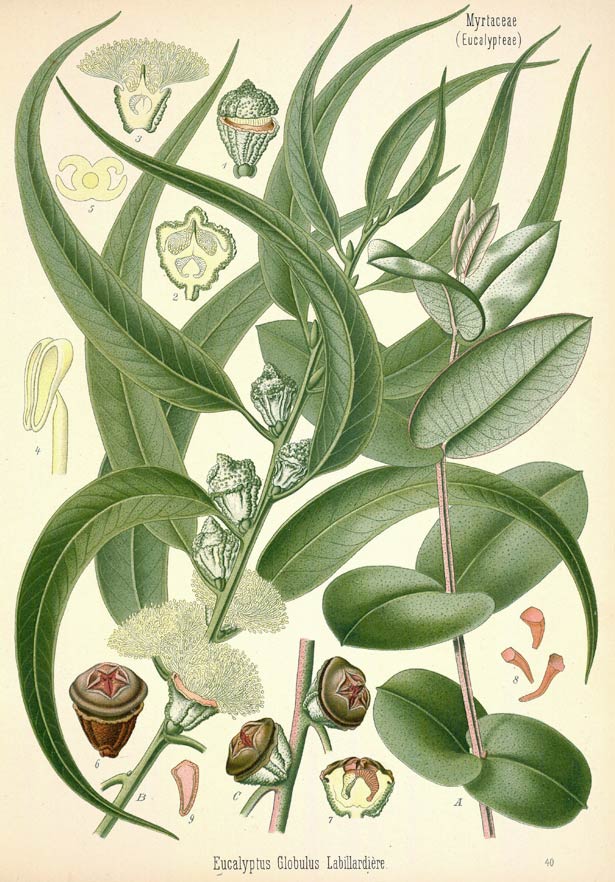IS DIET IMPORTANT?
A Sugar Glider’s diet is extremely important. The wrong diet can create numerous health issues that may be irreversible, and cost you a lot of money with an exotic’s vet.
When I first started with gliders in 1997, there were not a lot of good diets out there. Some people fed cat food, others used a diet used at a zoo for years. These sugar glider diets that are often found in older books published in the 1990’s would only give our gliders maybe 5 to 8 years of life. The newer higher protein diets we now have, can help them reach their potential of 10 to 12 years and beyond.
The diet of choice since 2003 at My Little Sugar Glider is the Original High Wombaroo Protein Diet or OHPW. The Wombaroo Powder is imported from Australia and mixed with bee pollen, honey, eggs and water. They also get a wide variety of fruits and veggies nightly. I also choose to give a small amount of a high quality dry food called Pet Pro. It’s there in case they eat the rest of their food and are still hungry, but it also helps to clean their teeth and prevent tooth decay later on. Pet Pro is one of only 2 brands of sugar glider dry food made with chicken which is easier for them to digest over beef and pork meat by products found in other commercial brands. The combination of these things help to make my gliders very healthy.
You must be careful of the source of your Wombaroo Powder. I do carry it in my store to help my clients know they are getting the right brand. There are some other good sources for it out there as well, but the good powder is imported.
There are a couple of American copy cat companies who have tried to make a buck off of the Wombaroo name. The Australian powder is just a soy based diet with vitamins and minerals added. The American companies have polluted their brands with a cheap filler which is not even natural. This product is known to cause cancer in humans and is banned by the FDA as use as a filler in your own foods. Animals get no such protection from our government, so those who manufacturer animal foods in the US can do what they want.
What we are seeing with the cheap American brands is that many of the gliders eating those diets get everything from liver issues to calcium deficiency quickly. Over the years as breeders, we have seen this before. Although no formal study has been made on the food, it is believed that this synthetic filler is keeping the animals from absorbing the calcium they need, therefore creating a lot of animals with the deficiencies. It can also cause livers to fail. That is why the FDA banned it for use in human foods. That information can be found here:
http://sugarglider.info/diet/hpw-diets-the-answers/
The Original HPW diet is a great choice for your pets. Just make sure you know the source.
There are a couple of other good diet choices out there that we can discuss as well. I can really vouch for the Original HPW diet, because I have used it so long, with a high success rate.
I now offer this easy to understand instruction sheet on making up the Original HPW Diet. It also offers a long list of safe fruits and veggies I have fed over the years. You may encounter others, and if you have a question on if the ones you find are safe, just ask.
This is what the American brands contain:
https://en.wikipedia.org/wiki/Menadione
This is what Australian Wombaroo contains:
https://en.wikipedia.org/wiki/Methionine
Apples for oranges, which would you rather feed?
https://www.mylittlesugarglider.com/wp-content/uploads/2017/10/MAKING_FOOD.pdf
I believe most breeders just do a lot of variety. I know I do and that is what I teach. You are going to see different fruits and veggies in your market different times of the year. I vary it out and try not to buy the same things all the time. The only things I stay away from are white potatoes (too starchy), onions, garlic and lima beans. The last three items are difficult for sugar gliders too digest. I believe that variety is the key to good health, and it has worked for me for 15 years.
The only change over the years that I have made from the original diet was under the supervision of my vet at the time. We found that the honey content was a bit high for a lot of the males. I made a change across the board by only adding 1/2 cup honey to my blender mix.
Pellet based diet is not a healthy choice for any sugar glider. Most of the commercial brands are made with beef and pork meat by products that is very hard for the gliders to digest, and can destroy their liver in a short period of time. This is why many times when we see gliders on this type of diet, the fur tends to be stained with a brown secretion. Their livers are working over time to rid the body of the toxins in these pellets. Eventually, the livers just give out if the diet is not changed, and they can even develop other dietary issues. It’s very interesting to see gliders that were rescued that were eating a pellet diet be switched to a quality diet such as Wombaroo and will have cleaner and healthier fur as soon as 30 days into the new diet. If a diet is “too easy” for an animal like this, it’s probably not the best choice.
I do choose to feed a very small amount of a good quality pellet that is made with chicken. I give a teaspoon of this brand every night per glider. It’s there in case they eat their HPW food and fruits and veggies. It’s also there to help clean their teeth, and to prevent tooth decay and unneeded trips to the vet to pull infected teeth later in life.
HLP or Hind Leg Paralysis is caused by either too much or too little calcium in the diet. If you follow my diet, then the gliders have a very good chance at not suffering dietary issues.
Sugar gliders are still this side of wild and can hide when they are sick. Yearly wellness exams with a good exotics vet including parasite screenings are also a very good idea for these animals. Sugar gliders can get parasites from other animals, but from food and water sources as well. Make sure you make all your food with bottled or RO water as well as washing and filling your water bottle. With all the recent recalls on frozen foods, I avoid feeding frozen fruits and veggies to my gliders. I only feed fresh.
A blessing and a warning. While Eucalyptus is very safe for us and for sugar gliders (who do eat in the wild), take care if you have other pets in your home such as cats and dogs. It can make them very sick. If you let your gliders feed on it, just give them little bits at a time and clean up any pieces from the ground that they may have ripped off, to protect your other furry friends.
The variety that is most common here in the US is Eucalyptus globulus. Mostly because it grows very well in the Pacific Northwest. There are many farms growing it in Northern California, all the way up the coast from Oregon to Washington State. This is what Monterey Bay Spice Company has to say about it:
“Eucalyptus, one of the world’s tallest trees, is originally native to Australia and Tasmania and now cultivated in southern Europe, India and Africa. Also known as blue gum tree and iron bark, eucalyptus produces branches of alternating, oval-shaped, blue-green leaves. Because the leaves retain their shape and color, they are used in floral crafts. They are also highly aromatic owing to various volatile oils, such as cineol.”
Cineol has a lot of healing properties and responsible for healing your acne and even giving that gleam to your skin and hair. It does the same for your gliders. It’s also very beneficial for wounds, and helps to expedite healing.
It will make your house smell amazing, while giving your gliders hours of fun playing with, and eating the branches.



